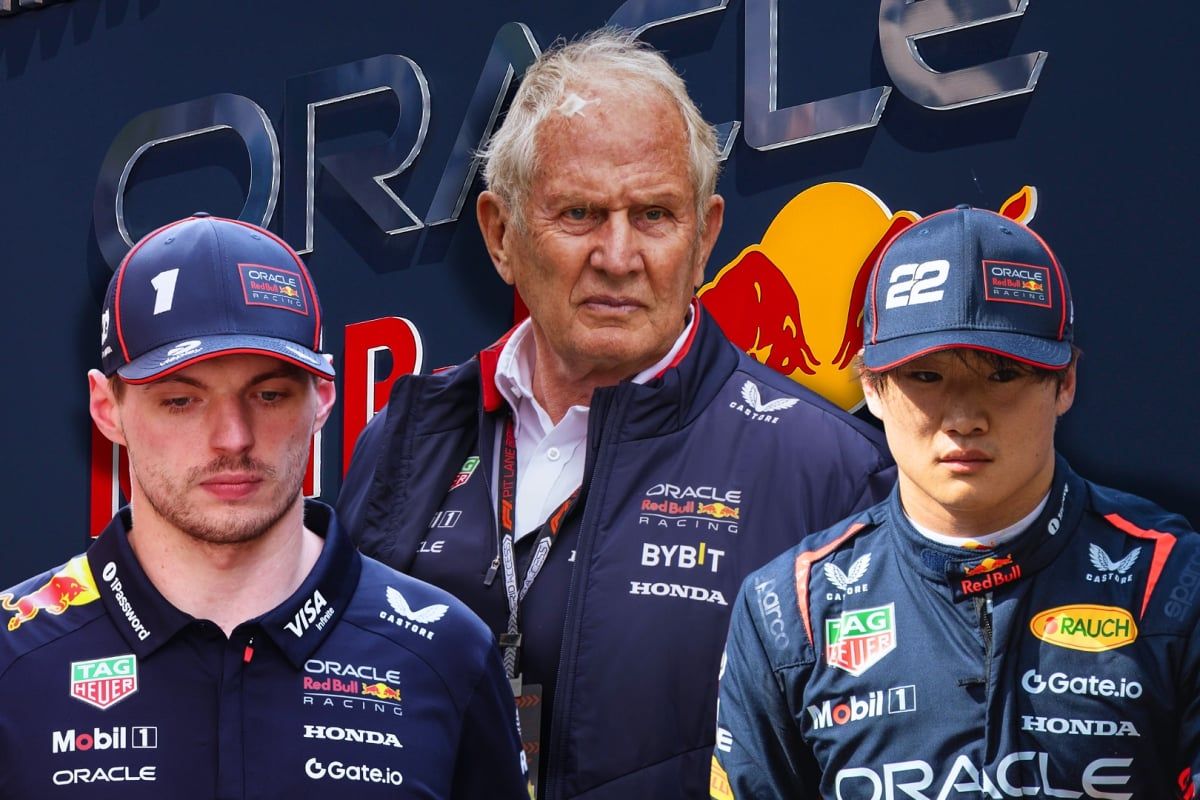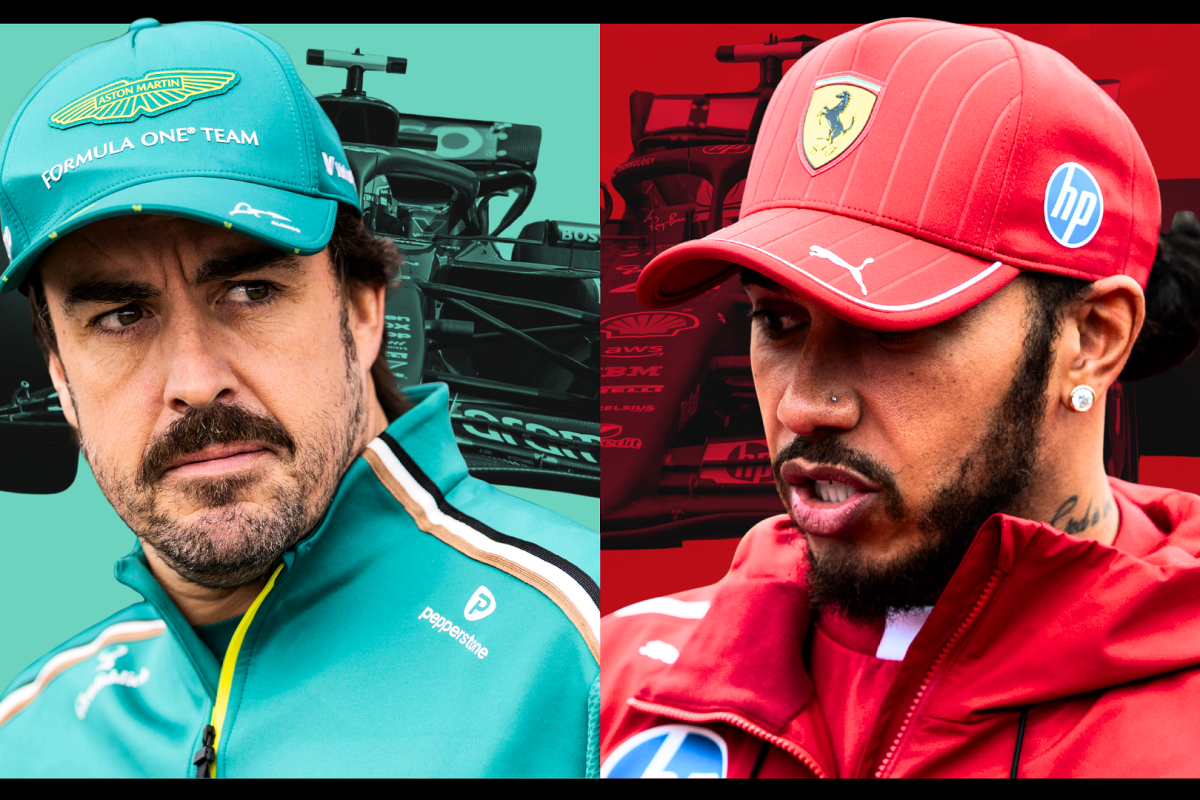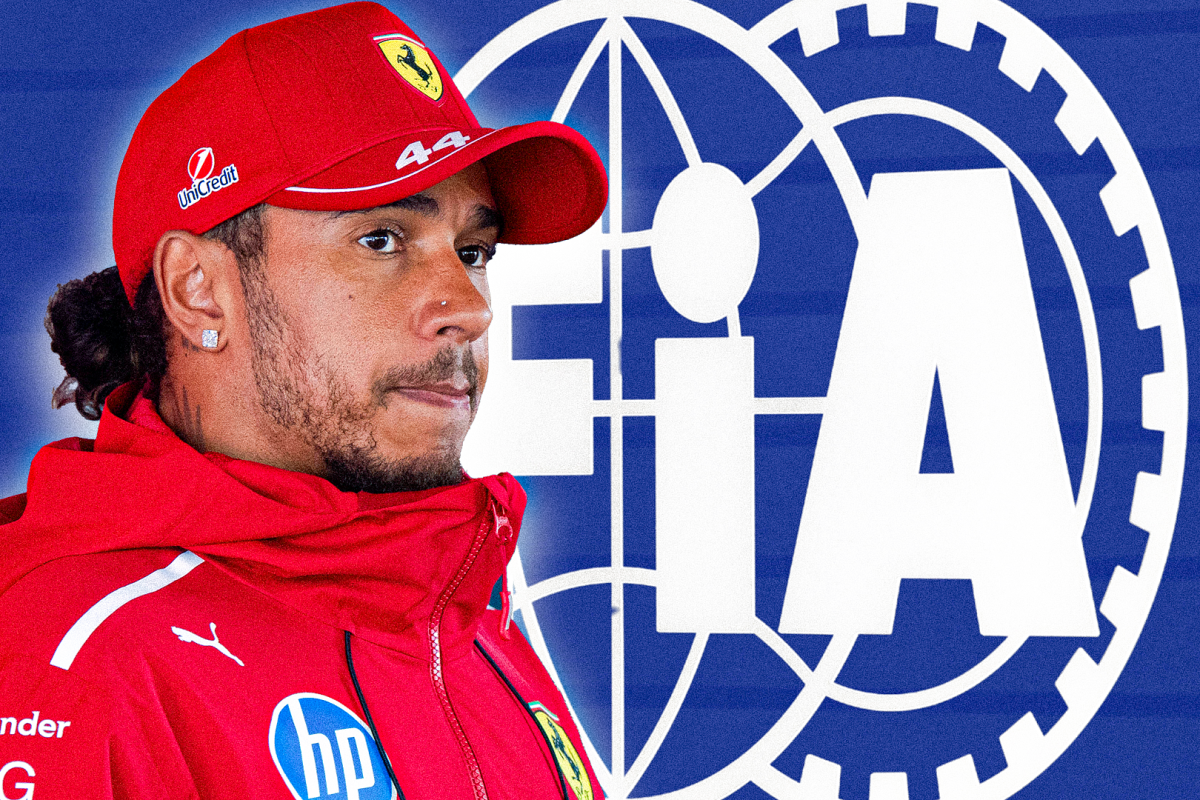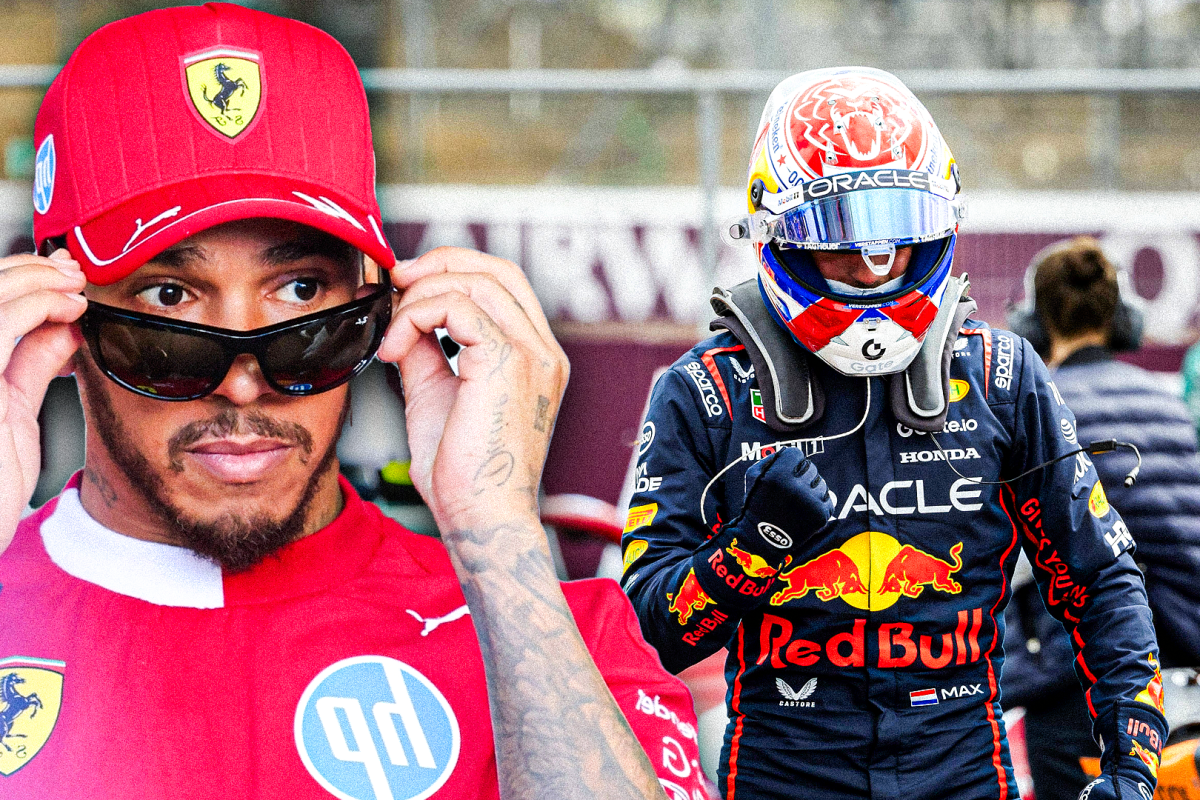George Russell Embraces the Dark Side: A Star Wars-Themed Celebration a… read more
In a dazzling intersection of sports and pop culture, Mercedes-AMG Petronas Formula One driver George Russell took to the podium wearing a Darth Vader helmet, merging the thrill of high-stakes motorsport with the iconic universe of Star Wars. This eyebrow-raising moment occurred during the recent Formula 1 race at the Australian Grand Prix, where Russell claimed victory after an intense competition. The podium celebration, infused with clever marketing and fanfare, delighted spectators both present at the track and watching globally, underscoring the growing trend of cross-promotional events within major sporting leagues.
Russell’s costume was not just an offbeat joke but part of a larger thematic initiative influenced by the bankable success of the Star Wars franchise. As The Empire Strikes Back, arguably one of the most beloved installments of the saga, recently marked its anniversary, Mercedes seized the opportunity to create a unique marketing narrative around the race. The branding maneuver resonated particularly well with fans of both Formula 1 and Star Wars, elevating the sport’s entertainment value and tapping into the sentiment of nostalgia that many hold for the galactic series. This clever amalgamation not only fostered a fun atmosphere but also reinforced the synergy between sports and entertainment that has become increasingly apparent in modern events.
Russell’s performance leading up to his daring celebration was a significant milestone for the British driver, who has been establishing himself as a formidable competitor since joining the Mercedes team. He executed a flawless race, showcasing exceptional driving skills and strategic acumen to secure the win. His father’s victory celebrations were traditionally more subdued, but this extravagant flair demonstrated Russell’s youthful exuberance and his understanding of the genre-bending landscape of contemporary sporting events. The Darth Vader helmet served as a symbolic representation of his triumph over adversities in the race, much like the film’s battle between good and evil forces, echoing the narrative of resilience that is a staple in sporting drama.
As in a well-orchestrated scene from an action-packed movie, the race itself was filled with unexpected twists, thrilling overtakes, and nail-biting tension. Russell navigated traffic expertly, taking advantage of his team’s strategic calls and tire management. The crowd roared as he crossed the finish line, and when he took to the podium, his choice of headgear not only evoked laughter but also underscored the spirit of camaraderie shared by the team and fans alike. It is moments like this that enrich the social fabric of sports events, where athletes can celebrate their achievements with a hint of levity amidst high-pressure situations.
The synergy between sports and entertainment is not new, but it has certainly been elevated with the rise of social media, where moments such as Russell’s popular antics can go viral almost instantaneously. Fans engaging with this playful side of their favorite athletes helps to humanize them, creating a more profound connection between the stars of Formula 1 and their loyal supporters. Furthermore, it reveals an evolved layer of the sport where marketing gimmicks and fan engagement strategies thrive in a competitive landscape bustling with content consumption and brand affinity.
As the dust settles on another thrilling race weekend, George Russell’s Darth Vader escapade is destined to linger in the annals of Formula 1 history, showcasing the ongoing evolution of the sport. It serves as a reminder that in the world of elite sports, a little creativity can go a long way toward shaping memorable experiences. Expect more fun and engaging moments as teams continue to experiment with integrating popular culture into their events, creating a richer atmosphere for all involved and ensuring that the excitement of sports will continue to resonate across generations.




